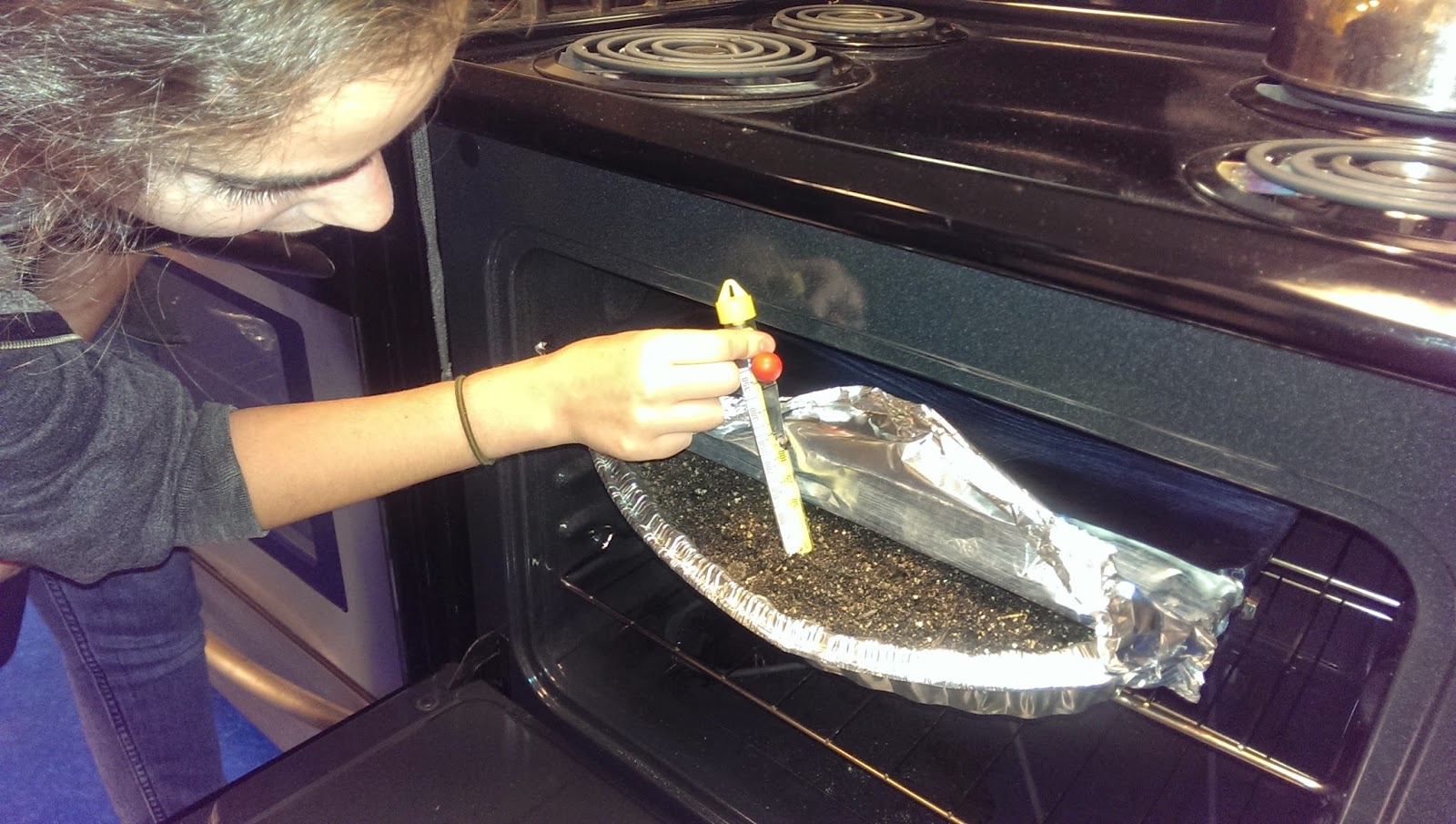When I noticed the Slate
article floating around on my Facebook feed, originally titled, “The Tyranny of the Home-Cooked Family Dinner,” my first thought was, “Well, you can always
find a study to support your choices.” But after reading the article, and the
original study out of North Carolina State University, my response grew
stronger.
As someone who teaches cooking workshops at a food pantry, I am familiar with the many barriers low-income families encounter when it comes to cooking at home. However, I disagree that the “tyranny” comes from the ideal of the home cooked meal.
The study follows several low-income households through their daily routines and reveals many of the struggles that make cooking at home difficult. Among them, low wage jobs with unpredictable schedules, unreliable transportation, lack of nearby grocery stores, inadequate kitchens and lack of cooking gear.
Remarkably, many families facing food insecurity, and the obstacles mentioned above are cooking at home. From scratch. Those experiencing generational poverty may know this way of eating as a necessity. Perhaps they grew up with simple, affordable meals that stretch the budget and fill all the bellies in a large family; meals like ham hocks and cabbage, or red beans and rice.
When I prepare a dish from scratch as a demonstration in our
food pantry, patrons stop to talk about their own variations, or how their
grandma used to make it. A mom and her 9 year-old son sample diced, roasted eggplant
The authors of the study remind us that the family meal is often used as a “hallmark of good mothering,” and claim that food intellectuals like Michael Pollan idealize home cooking while failing to recognize the elitism of the foodie movement.
From sustainable agriculture guru, Joel Salatin, to feminist-bashing bloggers at The Federalist, the critique of the article either takes aim at middle-class white people, whining about how hard it is to cook dinner or, emphasizes how important the family dinner is for preserving wholesome family values. The conversation about how to nourish a family has been dominated by upper class lifestyle bloggers, right-wing traditionalists and celebrity chefs.
I see myself as someone with a foot in two worlds. I’ve dabbled in lifestyle blogging, I read Martha Stewart’s Living cover to cover each month, my partner and I cook almost all of our family’s meals at home, from scratch with whole food ingredients, and I’m a nutrition educator at a food pantry. Our income has, at times, been low enough for us to qualify for food assistance, so I have also been a patron of the food pantry. I know first-hand how elitist and out of touch the foodie movement can be (see Mark Bittman’s take on the word Foodie). Assumptions are written into the appeal for homemade everything, and cozy, locally sourced, family dinners. These are assumptions that completely miss the realities of wage workers’ lives, not to mention those living on the outer margins of society, without jobs or stable housing.
But the glaring error of the North Carolina study, and all the media coverage it has generated is this: the tyranny low income families are facing is not coming from the foodie movement. It is coming from the forces that create poverty. It is coming from a congress that refuses to raise the minimum wage and from employers who fail to pay a living wage, or to offer a predictable work schedule. It is coming from an out-of-whack food system that makes overly processed junk food more affordable than basic whole foods.
The outrage of the Slate article is misdirected. It’s easier to point the finger at those advocating for healthy eating than it is to take on agri-business or to spend time dissecting the farm bill in order to uncover its impact on our food system, and on families living in poverty. Let’s shift our gaze to the real tyrants, and search for ways to dismantle barriers that stand in the way of healthy eating for all of us.
Kayte Young
Nutrition Education Coordinator
Mother Hubbard's Cupboard
Update: Here are responses to the Slate article and the NC State Study that I really appreciated.
Megan McArdle of Bloomberg View
Bettina Elias Siegel of Huff Post Food




